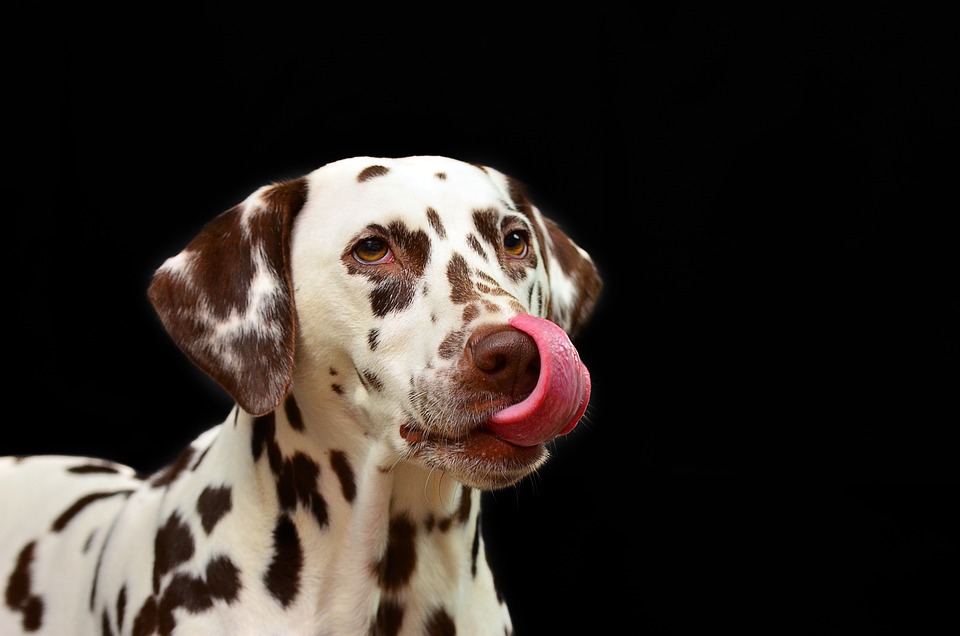Title: A Step-by-Step Guide: How to Clean Your Dog’s Ears Safely and Effectively
Introduction:
One of the most neglected aspects of dog grooming is ear cleaning. However, keeping your furry friend’s ears clean is crucial for their overall health and well-being. Regular ear cleaning can prevent infections, discomfort, and even hearing loss. In this comprehensive guide, we will walk you through the step-by-step process of cleaning your dog’s ears safely and effectively.
Why is ear cleaning important for dogs?
Before diving into the cleaning process, let’s understand why ear cleaning is essential for your canine companion. Dogs’ ear canals are different from humans; they are long and have an L-shape, making them more prone to debris, wax buildup, and infections. Regular cleaning helps remove dirt, excess wax, and foreign objects, reducing the chances of ear infections, inflammation, and discomfort.
Tools you’ll need for ear cleaning:
Before starting the cleaning process, gather the following tools:
1. Cotton balls or gauze pads: These are used to clean the visible parts of the ear.
2. Dog ear cleaning solution: Choose a veterinarian-recommended solution that is gentle and specifically formulated for dogs.
3. Tweezers or hemostats: These may be needed to remove any visible debris or hair from the ear canal.
4. treats: Offering treats during and after the process helps make it a positive experience for your dog.
Step-by-step guide:
Now that you have all the necessary tools, let’s proceed with the step-by-step process of cleaning your dog’s ears:
1. Prepare the environment: Find a quiet and well-lit area where you can comfortably clean your dog’s ears. Placing a towel or mat on the floor can help catch any drips or mess.
2. Examine the ears: Start by examining your dog’s ears for any signs of redness, swelling, discharge, or foul odor. If you notice any abnormalities, consult your veterinarian before proceeding with the cleaning.
3. Apply the ear cleaning solution: Gently lift your dog’s ear flap and apply a few drops of the ear cleaning solution into the ear canal. Massage the base of the ear for about 20 to 30 seconds to allow the solution to reach deep inside.
4. Clean the visible parts: Take a cotton ball or gauze pad, soak it in the ear cleaning solution, and gently wipe the visible parts of the ear flap and the ear canal entrance. Avoid inserting anything into the ear canal.
5. Remove debris or hair: If you notice any visible debris or excessive hair in the ear canal, use tweezers or hemostats to carefully remove them. Be gentle and don’t force anything that doesn’t easily come out.
6. Reward your dog: After each ear is cleaned, reward your dog with a treat and praise to reinforce positive behavior and make the experience more enjoyable for them.
FAQs:
Q1: How often should I clean my dog’s ears?
A: The frequency of ear cleaning depends on your dog’s breed, activities, and any underlying ear conditions. Generally, it is recommended to clean your dog’s ears once a month or as advised by your veterinarian.
Q2: Can I use water or hydrogen peroxide to clean my dog’s ears?
A: No, it is not recommended to use water or hydrogen peroxide for ear cleaning as they can disrupt the natural balance of the ear and potentially cause irritation or infections. Stick to a veterinarian-approved ear cleaning solution.
Q3: What if my dog’s ears are red and inflamed after cleaning?
A: If your dog’s ears appear red and inflamed after cleaning, it could indicate an underlying infection or allergy. Stop the cleaning process and consult your veterinarian for a thorough examination and appropriate treatment.
Q4: Are there any preventive measures for ear infections in dogs?
A: While regular ear cleaning is an essential preventive measure, other practices include keeping the ears dry, avoiding excessive moisture during bathing, regular grooming to prevent hair from entering the ear canal, and inspecting for foreign objects after outdoor activities.
By following this step-by-step guide, you can ensure your dog’s ears remain clean, healthy, and free from potential infections or discomfort. Remember, if you have any concerns or if your dog shows signs of persistent ear problems, consult your veterinarian for proper diagnosis and treatment.









